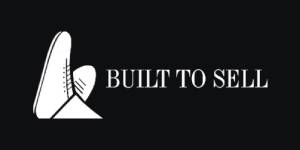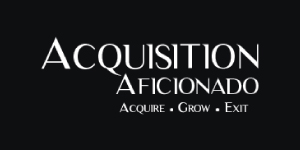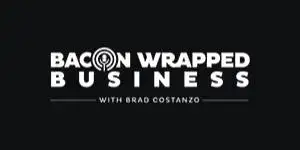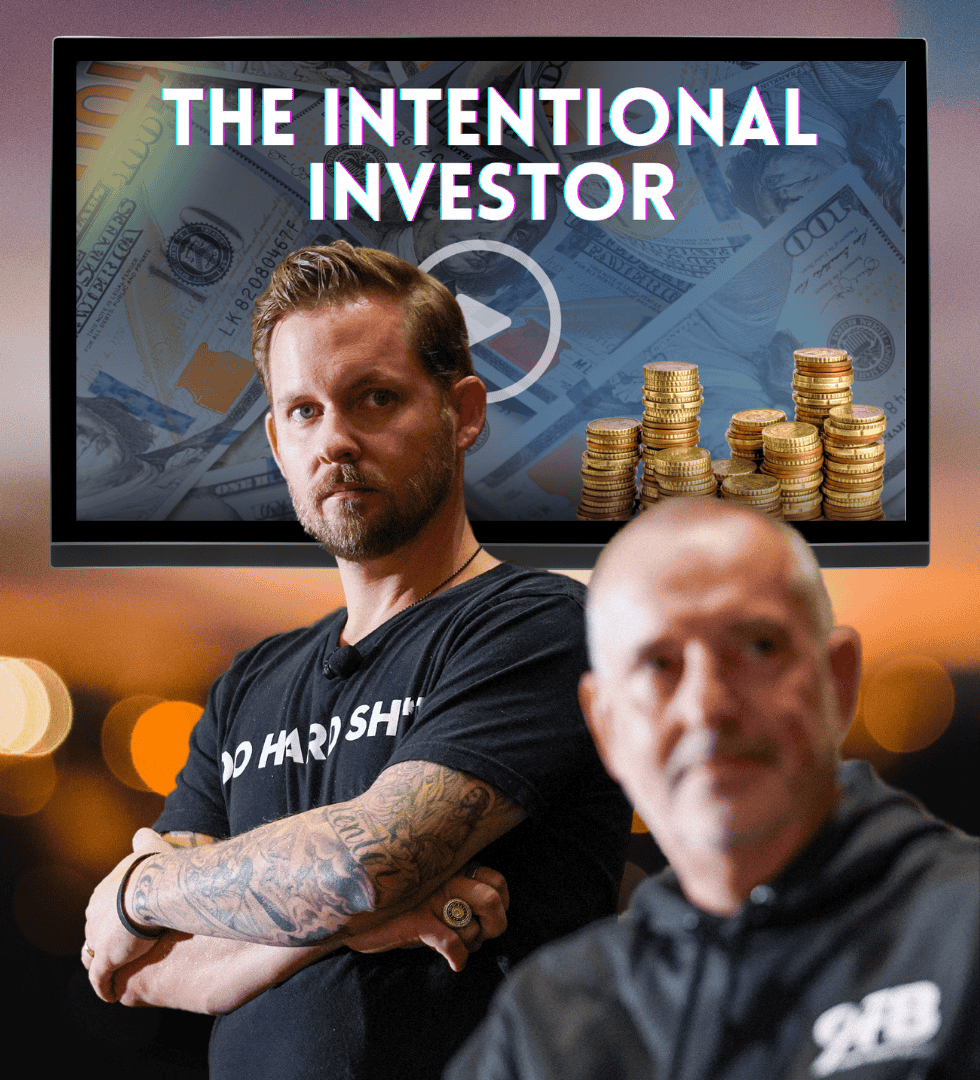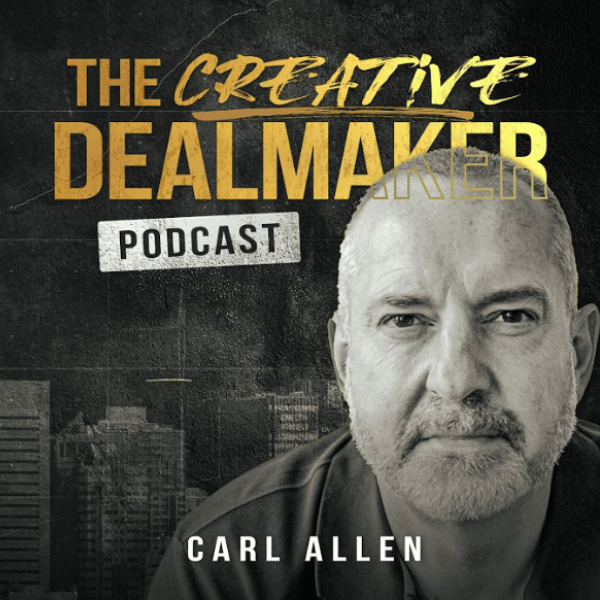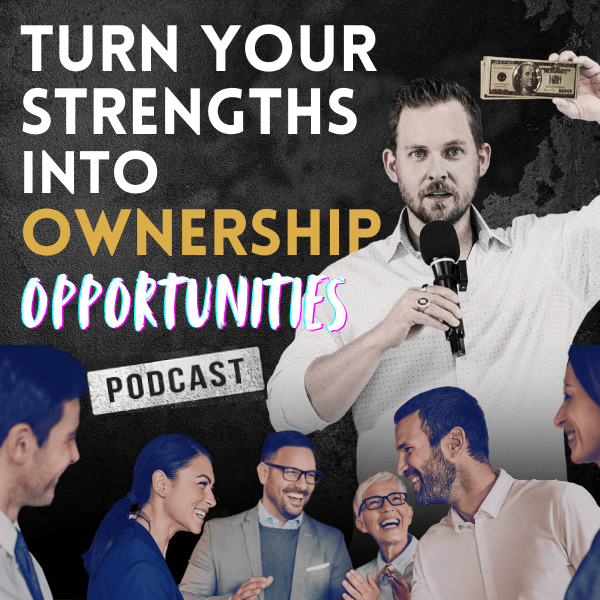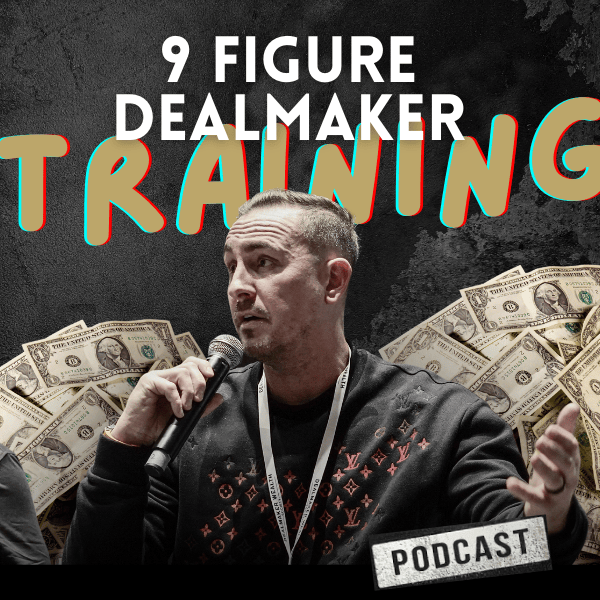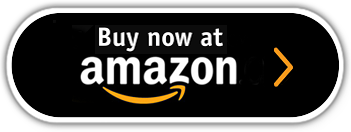How to Do Deals in the Pharmacy Sector
How to Do Deals in the Pharmacy Sector

A student wrote in to the mailbag recently…
“Carl, I’m loving these sector deep dives. I want to buy an independent pharmacy or drug store. Lay it out for me.”
You got it!
Before I get into the deal specifics, let’s look at the sector as it exists currently in the U.K. versus the U.S.
Market Data & Deal Origination
In the U.K., independent pharmacies are still very prevalent. According to Christie & Co., the U.K.’s largest business broker for pharmacy sales, there are currently 3,311 independent pharmacies and approximately 7,000 that form part of chains for Boots, Lloyds, Superdrug and in-supermarket dispensaries.
The sector is partially funded by the U.K. Government to the tune of £2.6 billion per year to account for the number of patients that receive free medication (those include children, people over 65, pregnant women, etc.)
Thus, U.K. pharmacies are typically limited to dispensing medicine, with only small amounts of ancillary products like perfumes, cosmetics, etc.
According to various data sources and my own analysis, the average U.K. pharmacy has the following financials:
Revenue = £820,000
Gross Profit = £264,040 (32.2% of revenue)
EBITDA = £86,920 (10.6% of revenue)
Good, but not great.
The truth is, stand-alone locations are tough to optimize from a profit perspective. The upside of buying in this sector is limited OUTSIDE of rolling up several in order to eliminate duplicate costs. (For more on roll-ups, check out my post on it here.)
In the U.S., the market is dominated by large players. According to IBIS World, the U.S. market is worth $312.1 billion across 26,625 outlets. That’s a whopping $11.7 million per location.
If you have ever been in a Walgreens, CVS, Rite Aid, numerous grocery-store chains, etc., you will know these are MASSIVE in most cases. CVS alone generates $109 billion per year in sales revenue and has 34% market share.
These chains are everywhere and sell a lot of ancillary products. You can even buy seasonal décor and groceries in most U.S. drug stores. Go figure!
Small, independent pharmacies in the U.S. are a dying breed. Although there isn’t solid data available, their annual revenue would likely be comparable to an independent U.K. pharmacy, somewhere around $1.2 million. I would suspect margins are also the same.
When looking for potential deal targets, specialist brokers like Christie & Co. in the U.K. truly own this market. However, the direct approach also works well. You can obtain an industry directory from the General Pharmaceutical Council in the U.K. or individual state boards in the U.S.
Buyer Requirements
There are specific requirements for owning a pharmacy that you should be aware of. You will need to either be a licenced pharmacist or have partners that are.
It’s not clear what the exact ownership requirements are (I called the General Pharmaceutical Council in the U.K. to ask and even THEY couldn’t tell me!), but it’s safe to assume a registered pharmacist needs to own at least 51% of a pharmacy business.
This rule is similar to the standards set for other services requiring trained specialists, like dental offices, CPAs, architectural firms, law firms, etc.
If you’re not a registered pharmacist, by the time you have spread your ownership across an angel investor and registered pharmacists, you could end up with as little as 25% of the business.
This may put you off. But as my business partner and co-founder of Dealmaker Wealth Society Adam Markley continually reminds us… it’s better to own 25% of something versus 100% of nothing.
My advice: only look at acquiring pharmacies if you are from the sector and have the qualifications. It’s a highly regulated industry and you want as much equity as you can grab.
Deal Valuation & Structure
In 2019, Christie & Co. appraised 700 pharmacy deals with a total market value of £515 million. Only 100 (1 in 7) or so were actually transacted, so you can expect there will be a broker premium on valuations.
But remember… what a broker appraises a deal for is often not where it closes.
The average deal size in the U.K. was £735K. But when you back out the average £360K for purchasing the real estate, the average enterprise value (EV) comes to £375K.
That’s a 4.3X multiple on the average EBITDA of £86,920 referenced above. That’s very high.
In my experience, based on a 1 in 7 closing ratio, I can comfortably say a pharmacy is worth a 3X multiple — and no more.
That’s a 33% broker premium, which is typical and more reasonable across most sectors (though it can be much higher in sectors like technology and financial services.)
So let’s do a deal using an average independent pharmacy income statement and P&L data:
Revenue = £820, 000
EBITDA = £86,920
Multiple = 3X
EV = £260,760
Real Estate = £360,000
100% Share Value = £620,760
Most deals will include real estate, but not all. Some locations will have leases where the businesses rent the space. You will just be buying the trading business.
If you do buy the real estate, it is possible to offload it to a real estate investor, or just buy the trading business and leave the real estate behind.
But let’s look at the example where you plan to buy and keep the real estate. It will be harder because the low margins have to service ALL the debt — the cost of buying the business AND the real estate.
It’s going to cost £620K on average to acquire a pharmacy.
Securing a pure asset-based lend will be difficult. Pharmacies are essentially B2C, so there will be little to no account receivable to leverage for an asset-based lend.
And while inventory is an asset that could be leveraged, it’s so fast moving that it will be difficult to finance efficiently.
This is why most pharmacy deals are financed with a combination of real estate financing and a cash flow lend. Seller financing can also commonly be around 25% of the total deal value.
So let’s structure the financing for this deal:
Real Estate = £252,000 (70%)
Seller Financing = £155,190 (25%)
Cash Flow Lend = £213,570
Total = £620,760
Assume the cash flow lend will comprise £50K of equity investment. If you personally have those funds, great… use them. If not, partner with an angel investor and sell equity in the business in return for the £50K stake.
Netting off the equity investment leaves you with £570,760 to be financed by seller financing and/or a cash flow lend from a bank.
It’s likely the real estate will be financed over at least 15 years, while the cash flow lend and seller financing will probably each be five years at most. With interest, the combined debt service will cost you roughly £75K per year.
At only £86K of annual profit, that doesn’t leave a lot of headroom. You will need a plan to grow profits to make the deal desirable to an investor and a financier.
Truthfully, this will be tough to do with a stand-alone, single location.
Like I suggested earlier, the way to really make money in this sector is to do a roll-up. Buy several locations, take out duplicate costs and leverage your buying power with suppliers.
And it’s possible to find specialized financing. Though they’re now sector agnostic, Shawbrook Bank (formerly Centric Commercial Finance) in the U.K. started out financing pharmacy deals so they have expertise in the sector. I personally have used them to finance deals in multiple sectors.
So that’s it for how to do a deal in the pharmacy sector. I love doing sector deep dives and doing the industry research.
Keep an eye out for the next one, coming soon!
Until then, bye for now.
